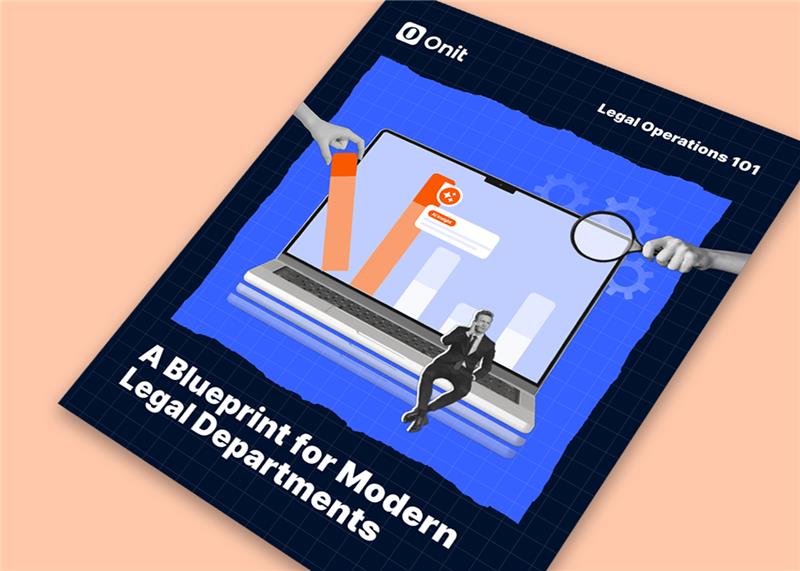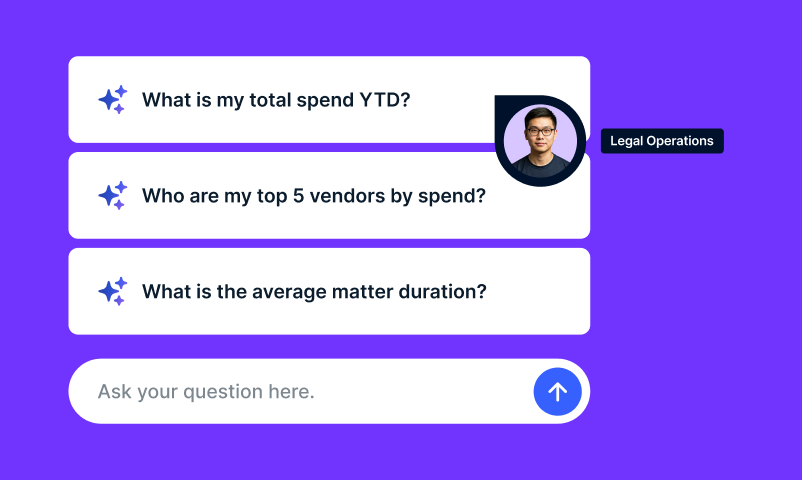
World Commerce & Contracting states, “Smarter contracting is a new vision for how modern enterprises should experience contracting. A vision that elevates the role of contracts as a source of the real-time data needed to manage the complexity of today’s business environment.”
Contract management is a vital process in any business, and it can be complex and time-consuming. However, contracts are the backbone of any business relationship and must be well-managed to satisfy all parties involved. Contract Lifecycle Management (CLM) software has been around for some time, but the application of Artificial Intelligence (AI) re-introduced innovation to this field. Whether you are part of corporate legal, procurement, or sales operations, you need reliable tools to streamline workflows, reduce manual workloads, and increase productivity. So, what’s required to make this vision a reality?
By 2024, Gartner predicts a 50% reduction in manual effort for contract review % due to the adoption of AI-based contract analytics solutions. While technology is a vital part of this puzzle, it needs to be approached differently. AI-powered CLM is the way businesses go from manual to magical. AI is infinitely more effective when closely interwoven into enterprise functions connecting people, integrating systems and data, and facilitating the flow of intelligence.
Introducing Onit’s Smart CLM Solution
This is why Onit developed Smart CLM. Onit’s Smart CLM solution streamlines the contract management process pre- and post-signature, reducing the time and resources required to manage contracts. The solution uses AI to automate the review of contracts and extract essential data from them, such as key terms and obligations, dates, and other relevant information. As a result, businesses can quickly and easily identify potential risks and opportunities in their contracts, which can help them make informed decisions and negotiate better terms.
Key to Onit’s Smart CLM is the tight integration of OnitX CLM with two new products, Onit Catalyst ReviewAI and Contract Extraction. Catalyst ReviewAI utilizes advanced AI algorithms to analyze and extract key contract data points, such as dates, clauses, and obligations. As a result, you can quickly identify potential risks and issues and prioritize your work accordingly. By using ReviewAI, you can locate misaligned contract terms and missed renewal dates, reducing the risk of errors or misinterpretation. In addition, with powerful analytics and reporting capabilities enhanced by the Risk Analysis Dashboard, you can make informed decisions, negotiate better contract terms, and reduce your organization’s legal risk.
Contracts are only sometimes in a centralized repository, obligations are ambiguous, rules and regulations constantly change, and market trends and business decisions can send you in different directions. The newest addition to Onit’s Smart CLM solution, Catalyst Contract Extraction, solves this challenge and creates structure from unstructured contracts by automating and augmenting contract data extraction to report and act on previously hidden information. Catalyst Contract Extraction uses Natural Language Processing (NLP) to analyze the text in contracts and identify key phrases and clauses. It also uses advanced machine learning algorithms to automate bulk contract migration and accelerate the repapering process; Contract Extraction also locates poor data and contract clauses that may impact your contract’s compliance.
With Contract Extraction, you can reduce the time and resources required for legacy contract migration, manual document review, and management, ultimately minimizing the risk of errors or misinterpretation.
The Benefits of Onit’s Smart CLM Solution
One of the most significant benefits of using AI in contract management is that it can save time and reduce errors. Manual contract review is a time-consuming, error-prone process, especially when dealing with large volumes of contracts. With Onit Smart CLM, businesses can automate much of the review process, significantly reducing the time and resources required. As a result, companies can focus on more strategic activities, such as negotiating better terms and managing relationships with their partners.
Another benefit of using Smart CLM is that it can help businesses identify potential risks and opportunities in their contracts. By extracting essential data from contracts, companies can quickly identify areas of risk exposure, such as non-compliance with regulations or breaches of confidentiality. As a result, you can now proactively mitigate these risks and protect their business interests. Similarly, by identifying contract opportunities, businesses can negotiate better terms and improve their bottom line.
Onit’s Smart CLM, comprised of OnitX, Catalyst ReviewAI, and Catalyst Contract Extraction, is designed to help enterprise business professionals work more efficiently, make informed decisions, increase compliance, and reduce the legal risk for their organizations. By automating much of the contract review process, businesses can save time and resources, reduce errors, and identify potential risks and opportunities in their contracts. In addition, with the help of AI, companies can manage their contracts more efficiently and effectively, ultimately leading to better business outcomes. So why wait? Try Onit’s Smart CLM today and see the difference they can make for your enterprise.
Schedule a call with us today to see how Onit’s Smart CLM can help your organization.












